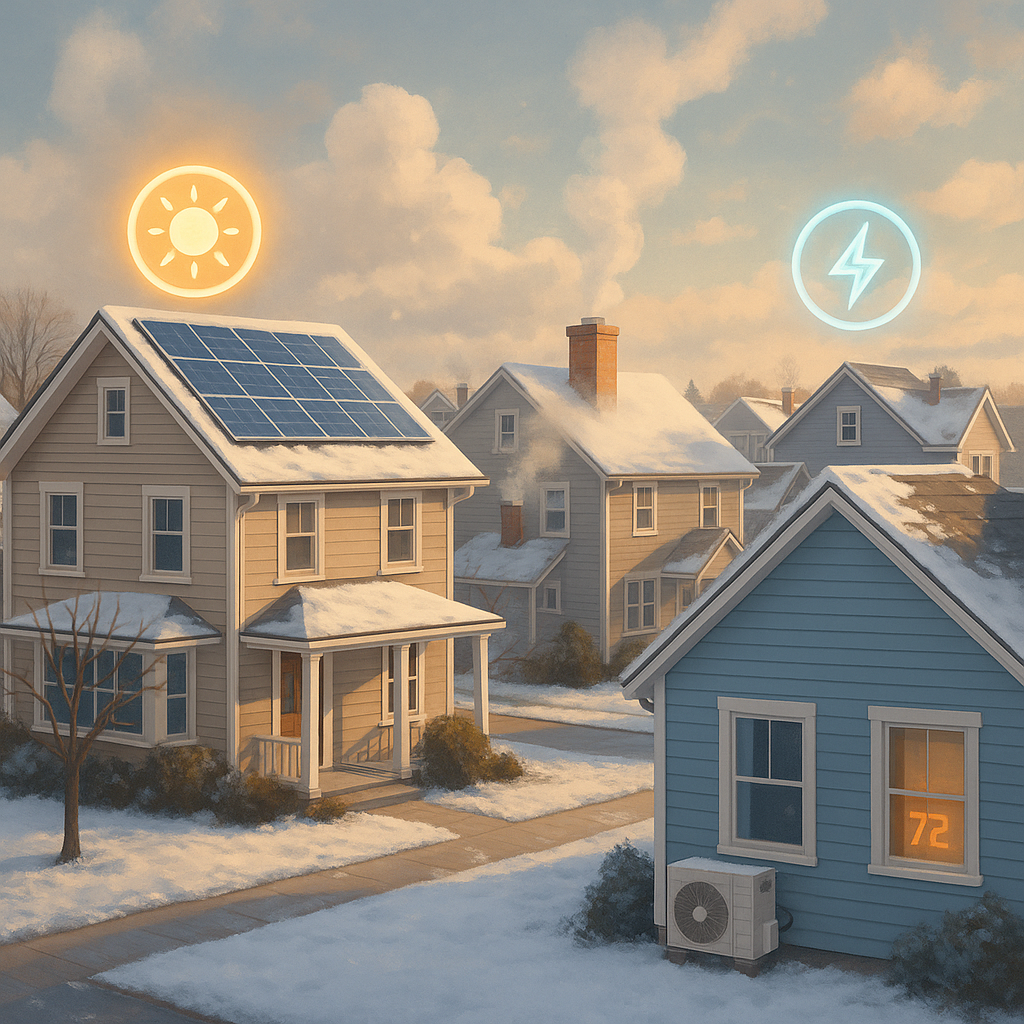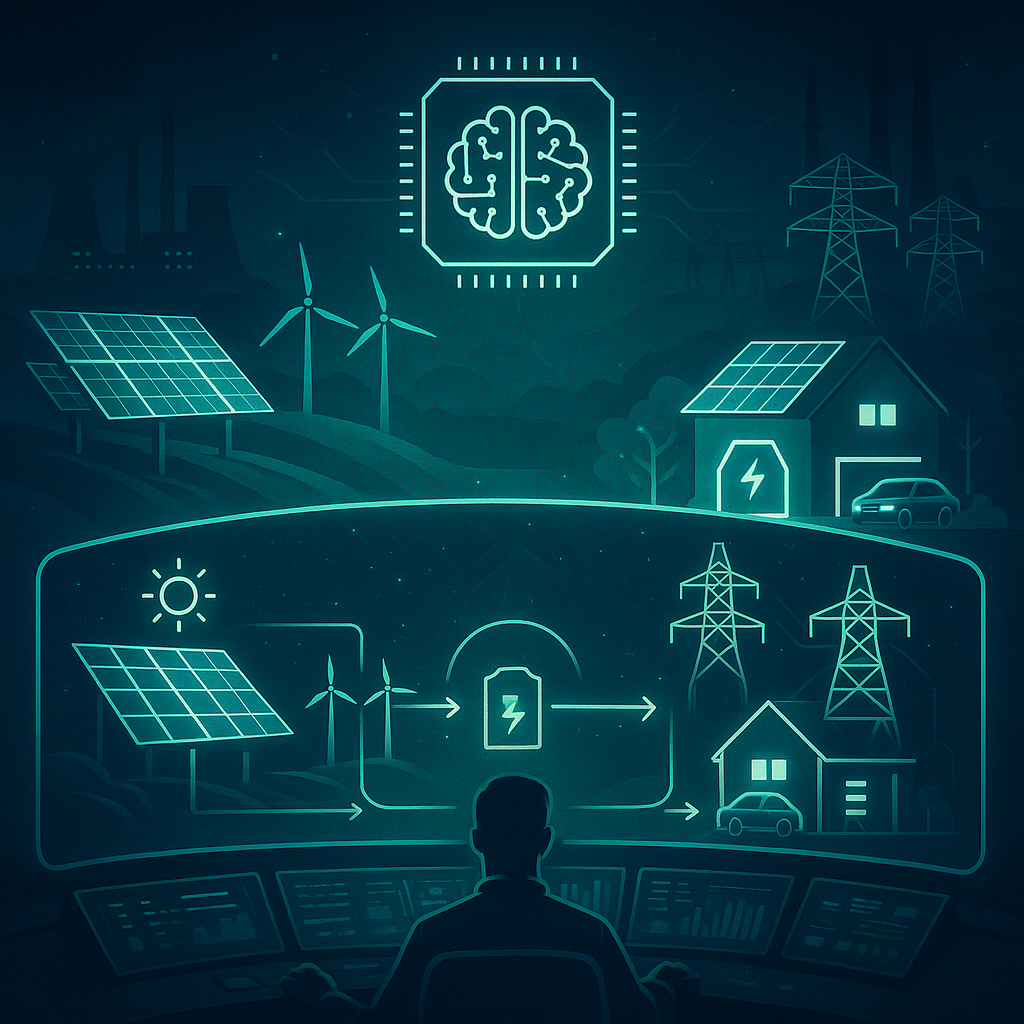The way Americans heat their homes is a multifaceted issue that reflects regional characteristics, infrastructure realities, and evolving energy trends. As the nation navigates the twin imperatives of sustainability and cost-effectiveness, the future of home heating reveals both challenges and opportunities. From traditional fossil fuels to emerging renewable technologies, this domain is undergoing transformative changes that demand attention from policymakers, consumers, and industry stakeholders.
Regional Variations in Home Heating
The type of fuel used to heat homes across the United States is not uniform but varies significantly by region. In the Northeast, oil has historically dominated as the primary heating source. This reliance is largely a legacy of older infrastructure and colder climates, where oil furnaces have been a staple for decades. By contrast, the Southeast heavily relies on electricity, reflecting a milder climate that favors heat pumps and the region’s robust electrical grid. The Midwest presents a diverse landscape, with natural gas and propane competing for dominance, while rural areas often resort to wood or other localized fuel sources. Out West, wood and geothermal energy have a more notable presence, particularly in less densely populated areas.
This diversity in fuel usage underscores the geographic, economic, and infrastructural factors that shape heating preferences. According to Joshua Stevens, the cartographic editor at Maps.com, “Distinct regions are dominated by each fuel source,” highlighting the stark contrasts between urban and rural areas and between regions with differing climates and densities.
Urban vs. Rural Divide
One of the most striking patterns in home heating is the divide between urban and rural areas. Cities and densely populated suburbs typically rely on natural gas. The cost-effectiveness of installing and maintaining natural gas pipelines makes this the preferred option in areas where many homes can be serviced by a minimal number of lines. In contrast, rural areas often lack the infrastructure to support natural gas pipelines. As a result, these regions tend to use alternative heating sources such as propane, wood, or oil—fuels that can be transported and stored locally.
This divide has broader implications. Urban areas are more likely to explore and adopt alternative energy solutions due to their concentrated infrastructure and political leanings. However, transitioning from natural gas to renewable energy sources in cities is fraught with logistical and financial challenges, including retrofitting buildings and upgrading grid capacities.
The Role of Fossil Fuels
Despite the push toward sustainability, fossil fuels remain the backbone of home heating across much of the United States. Natural gas, in particular, is a dominant player in urban areas. The infrastructure for natural gas is well-established in cities, making it a cost-effective option for heating. However, this reliance on natural gas poses challenges for sustainability goals. While natural gas is cleaner than coal and oil, it is still a fossil fuel and contributes to greenhouse gas emissions.
The irony of the current energy debate is that even if homes transition to electric heating systems, the electricity powering these systems often comes from natural gas-fired power plants. This creates a paradox where the move to electrification does not necessarily equate to a reduction in fossil fuel dependency. As noted in the article, this dynamic complicates the narrative for climate activists advocating for an immediate ban on natural gas systems.
Transitioning to Alternative Energy Sources
Urban areas, in particular, are at the forefront of transitioning to alternative energy sources for home heating. Policies aimed at reducing greenhouse gas emissions are driving cities to explore options such as electric heat pumps, geothermal systems, and district heating. These technologies offer cleaner alternatives to fossil fuels but come with significant upfront costs and infrastructure challenges.
- Electric Heat Pumps: These systems are gaining popularity, especially in regions where electricity is abundant and relatively inexpensive. Heat pumps are energy-efficient and can provide both heating and cooling. However, their effectiveness diminishes in extremely cold climates, making them less viable in places like the Northeast without supplementary systems.
- Geothermal Energy: Geothermal heating is another promising alternative. By leveraging the earth’s natural heat, these systems offer a sustainable and efficient solution. Yet, the high initial installation costs and the need for specialized equipment and expertise limit their widespread adoption.
- District Heating Systems: Common in parts of Europe, district heating involves centralized heating plants that distribute heat to multiple buildings through a network of insulated pipes. This system could be an effective way to reduce emissions in urban areas, but implementing it in U.S. cities would require substantial investments and policy support.
Challenges to Change
While the benefits of transitioning to alternative energy sources are clear, the path forward is riddled with challenges. Retrofitting existing homes and buildings to accommodate new heating systems is expensive and time-consuming. Additionally, the upfront costs of installing renewable energy systems can be prohibitive for many homeowners, even with government incentives.
Infrastructure is another critical barrier. The electrical grid in many parts of the country is not equipped to handle the increased demand that would result from widespread adoption of electric heating systems. Modernizing the grid to support this transition will require significant investment and time.
Policy and Political Implications
The future of home heating is also a political issue. Urban areas, which tend to lean more liberal, are often more supportive of policies aimed at reducing fossil fuel usage. These areas are exploring bans on new natural gas hookups and offering incentives for adopting renewable heating technologies. Conversely, rural areas, which are more conservative, are less likely to embrace such changes, citing cost concerns and skepticism about climate change policies.
Efforts to transition away from fossil fuels must therefore navigate a complex political landscape. Policymakers will need to balance the urgency of climate goals with the economic realities faced by homeowners and the existing dependence on fossil fuels.
Opportunities Ahead
Despite the challenges, the transition to sustainable home heating presents significant opportunities. Advancements in technology are making renewable energy systems more efficient and affordable. For instance, improvements in heat pump technology are expanding their applicability to colder climates. Similarly, innovations in geothermal energy and district heating could make these options more viable for broader adoption.
Moreover, the push toward sustainability is creating new markets and jobs. Companies specializing in renewable energy systems, retrofitting services, and energy-efficient home technologies stand to benefit from this shift. Government incentives and subsidies can further accelerate adoption by reducing the financial burden on homeowners.
Conclusion
The future of home heating in the United States is a complex interplay of regional preferences, infrastructural realities, and evolving energy policies. While the reliance on fossil fuels remains strong, the growing momentum toward sustainability is undeniable. Overcoming the challenges of cost, infrastructure, and political resistance will require coordinated efforts from all stakeholders. By embracing innovation and fostering collaboration, the nation can navigate this transition and unlock the opportunities it presents, paving the way for a cleaner and more sustainable future.



